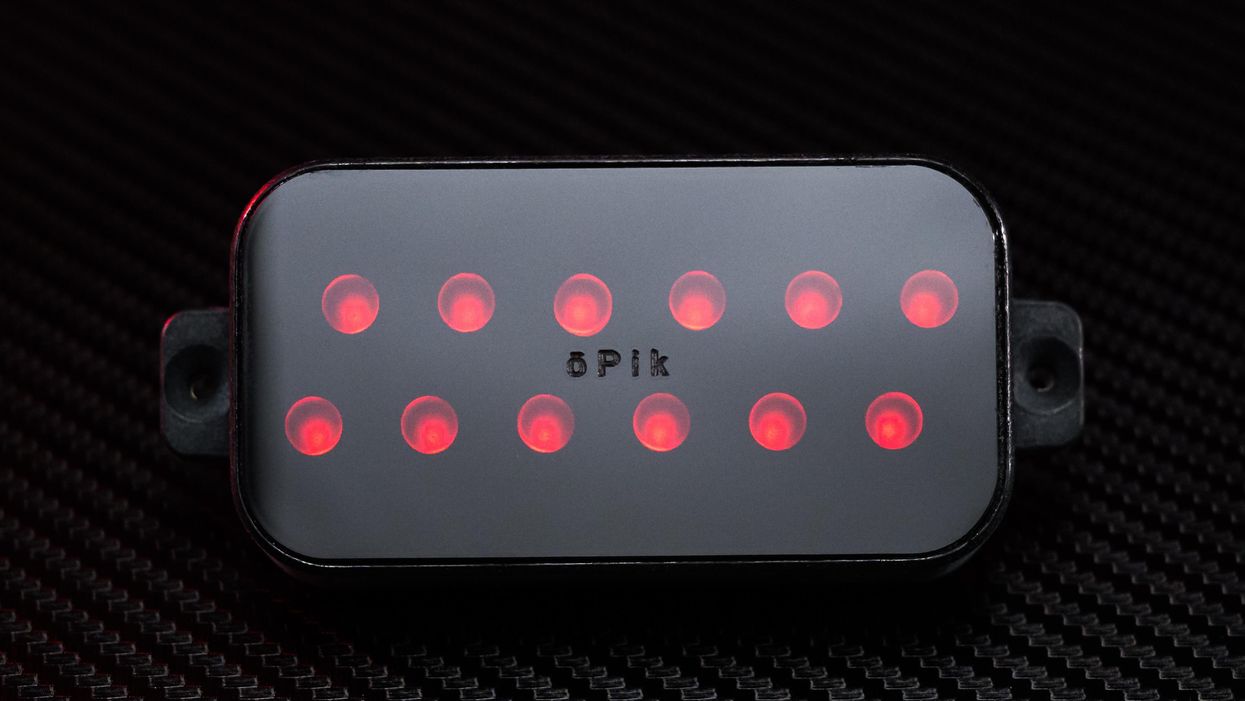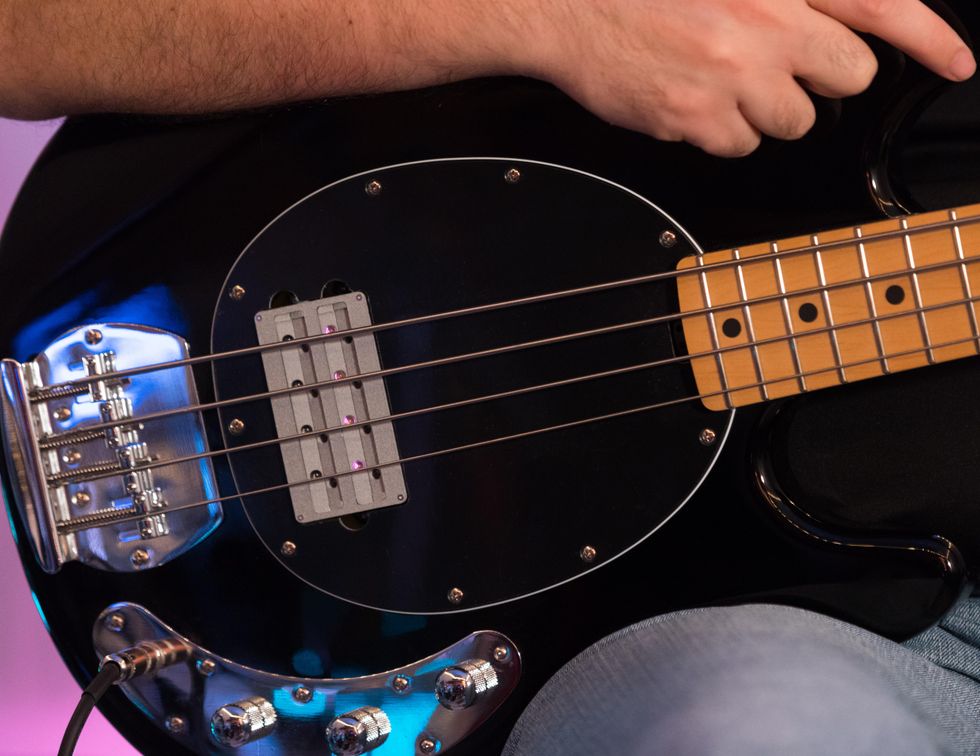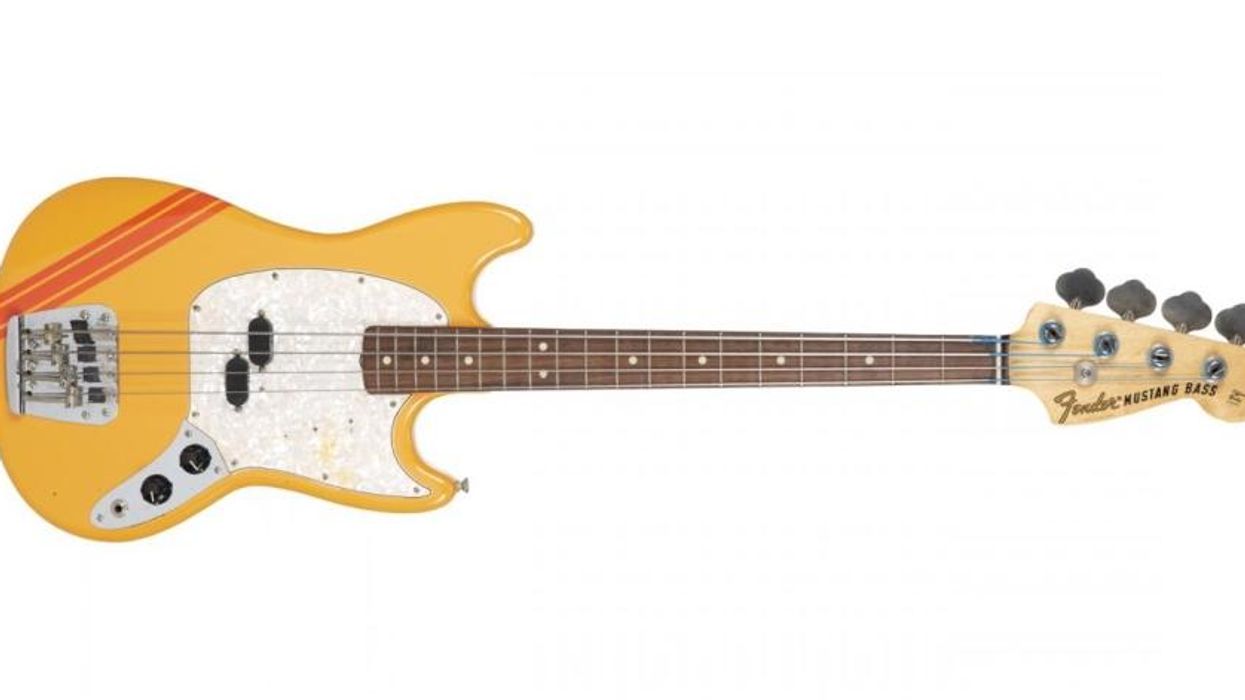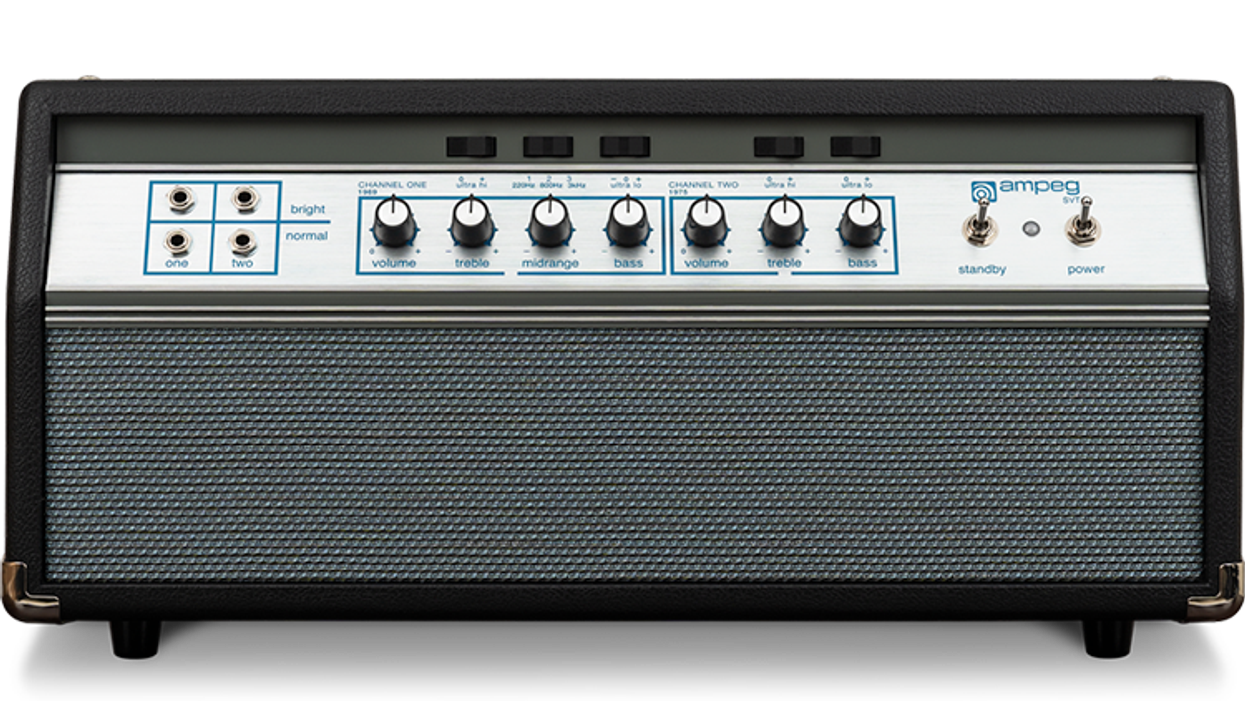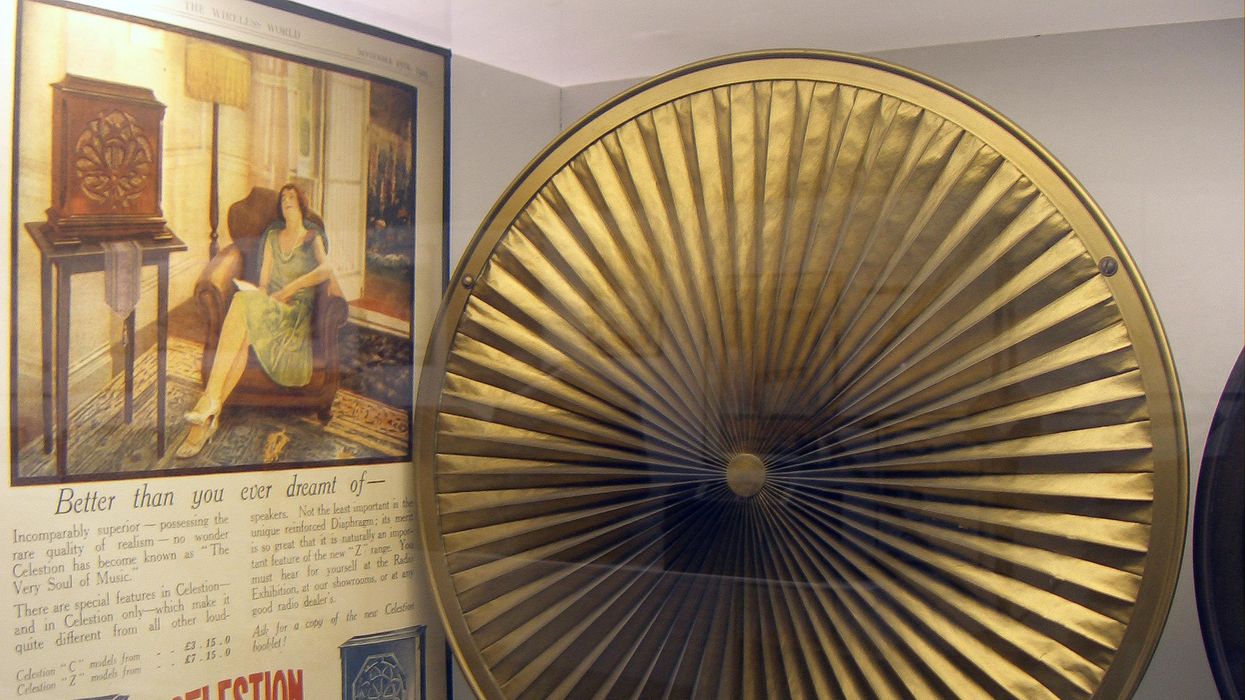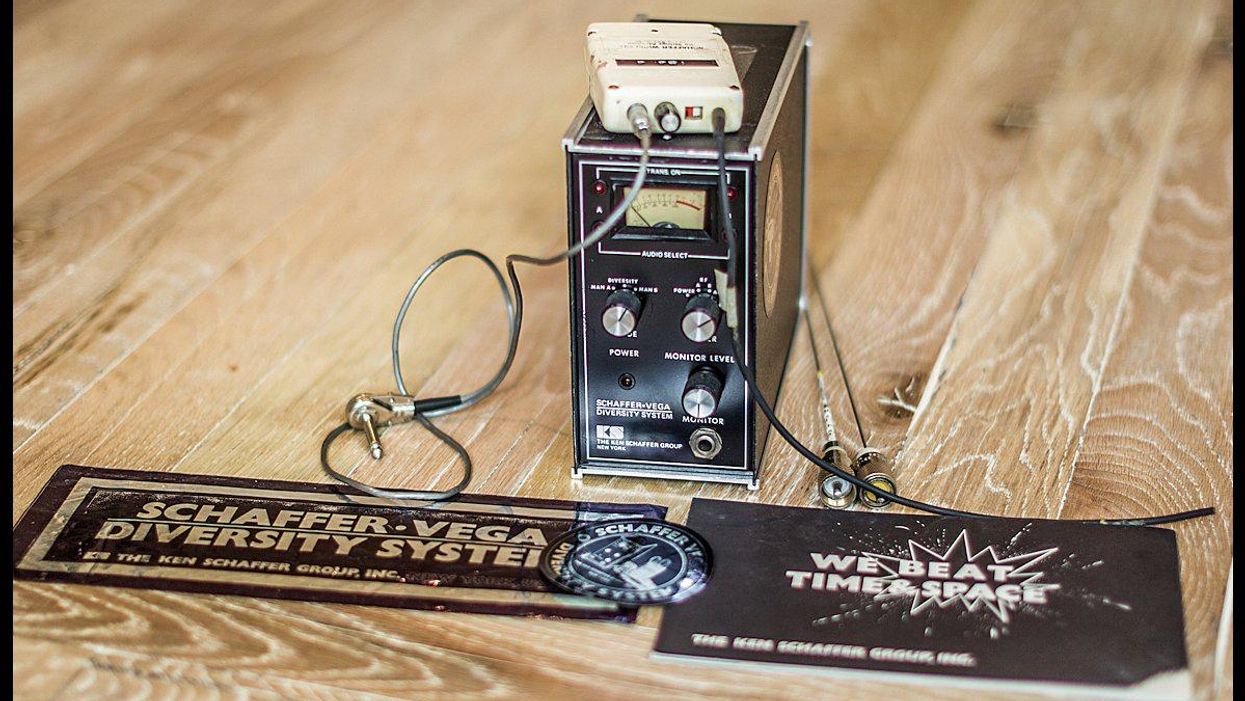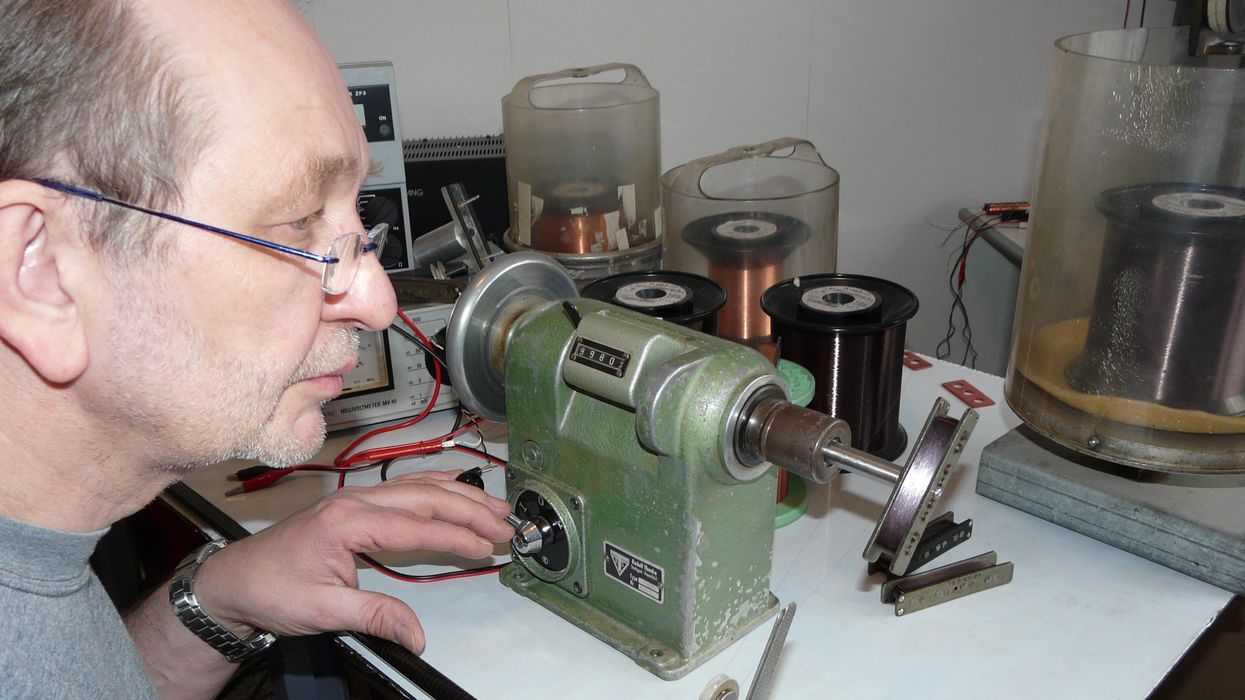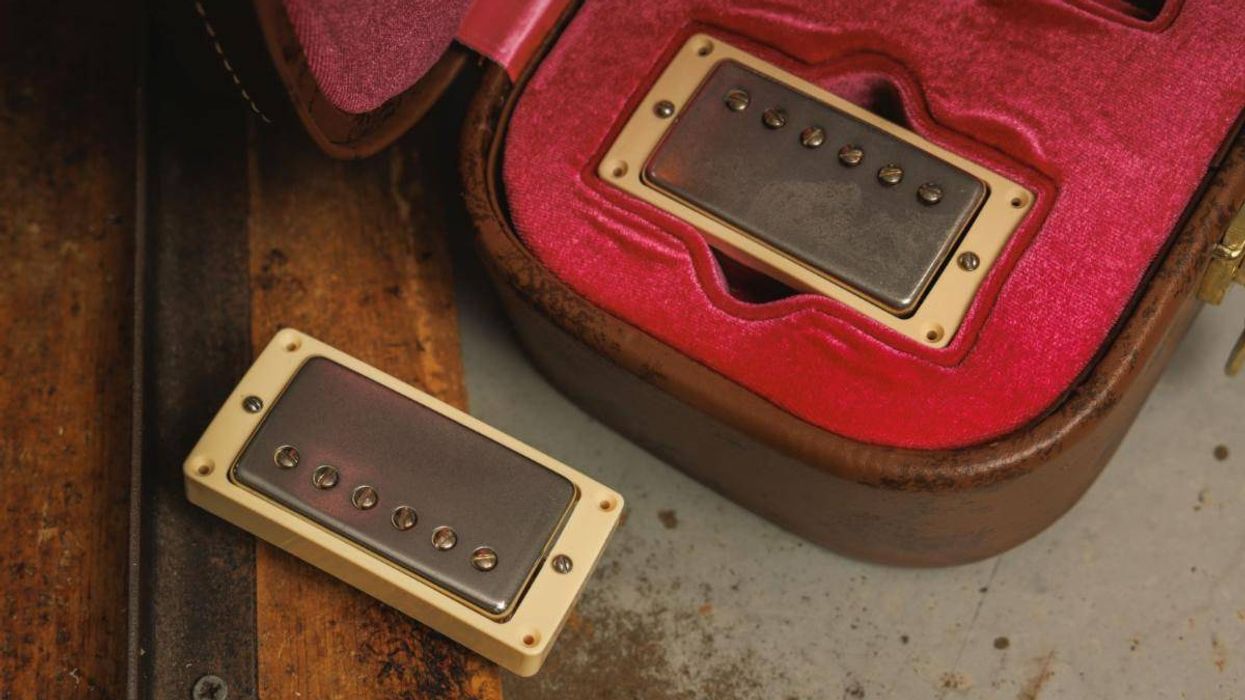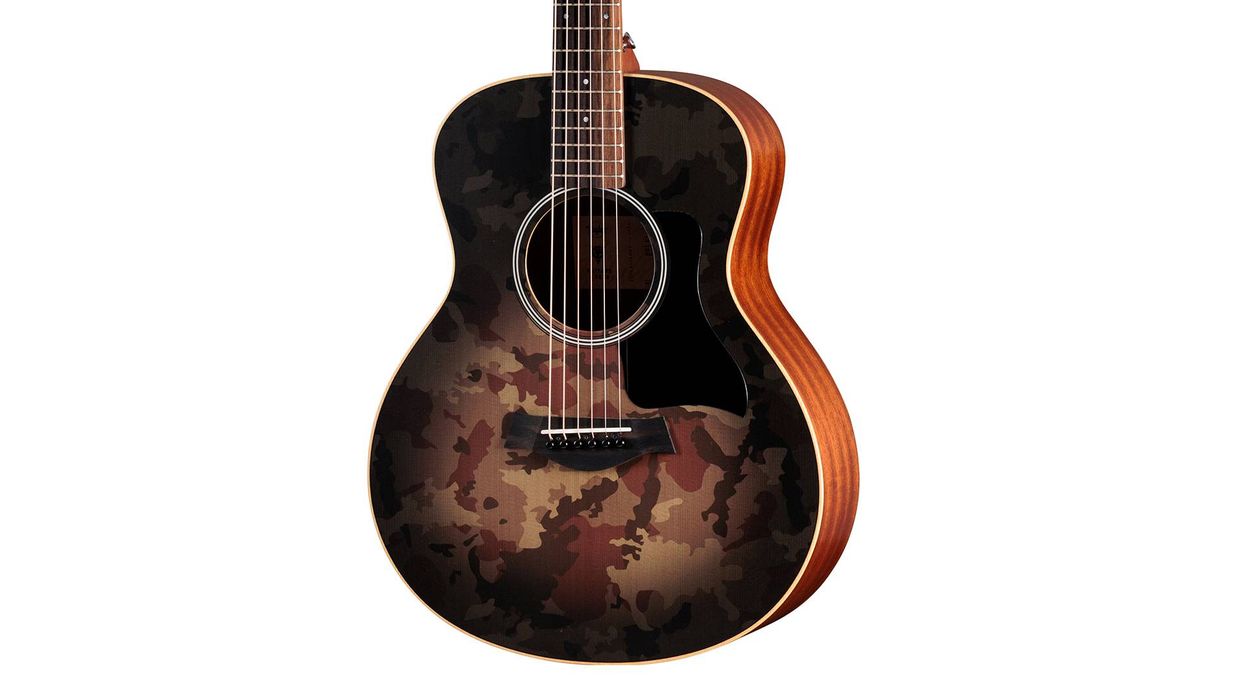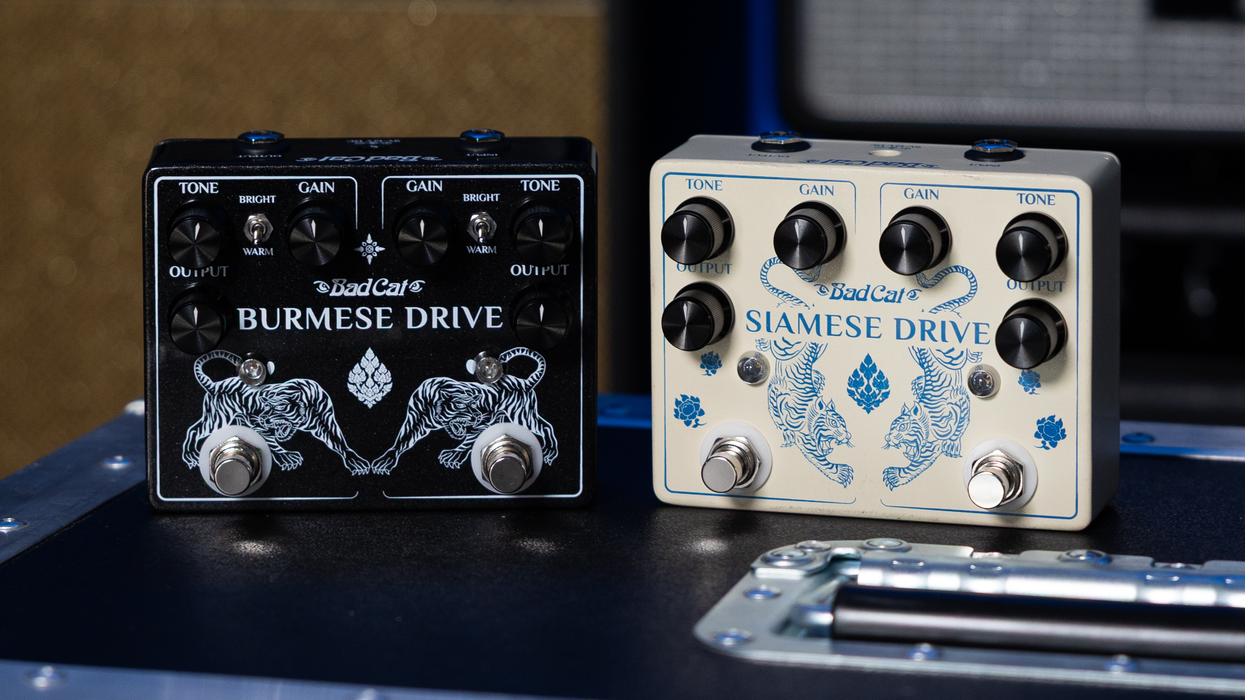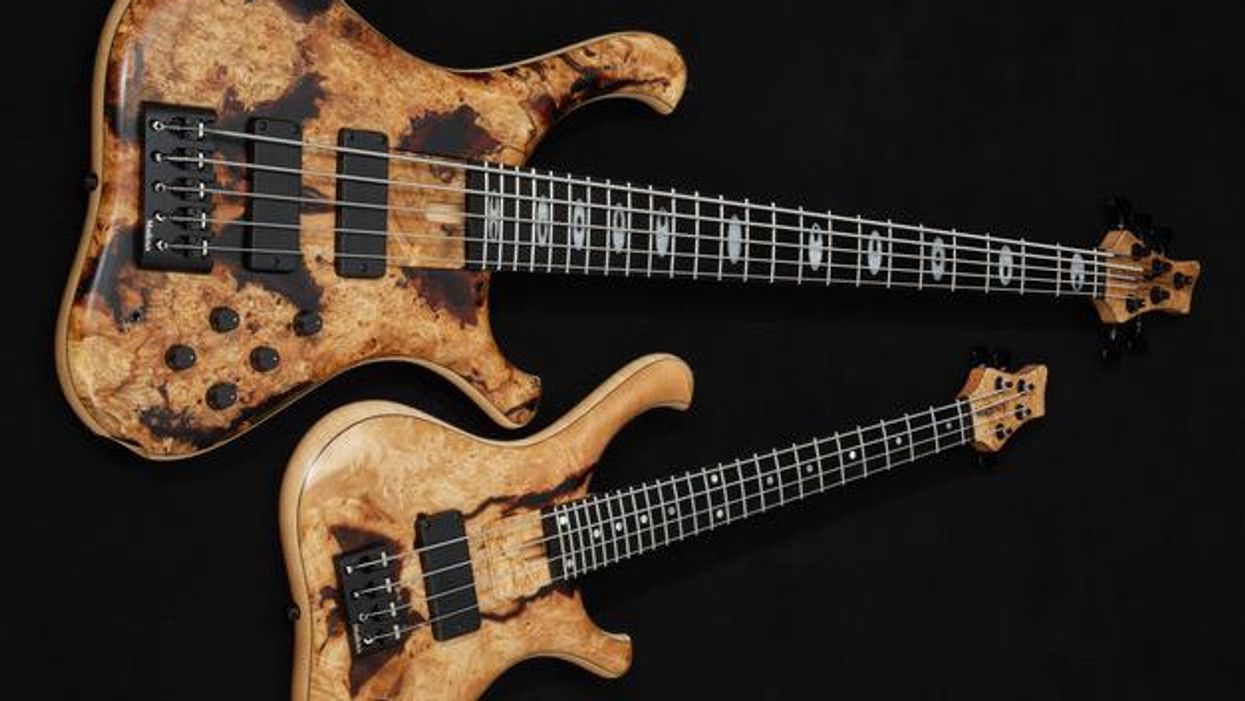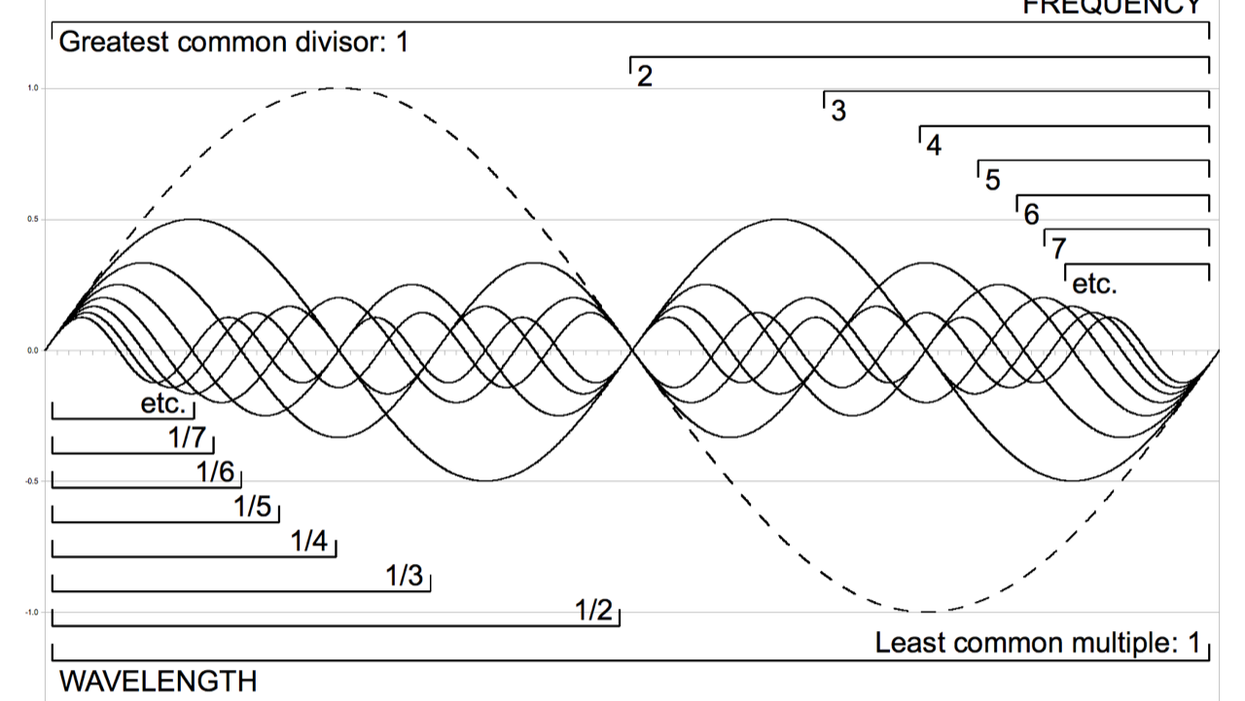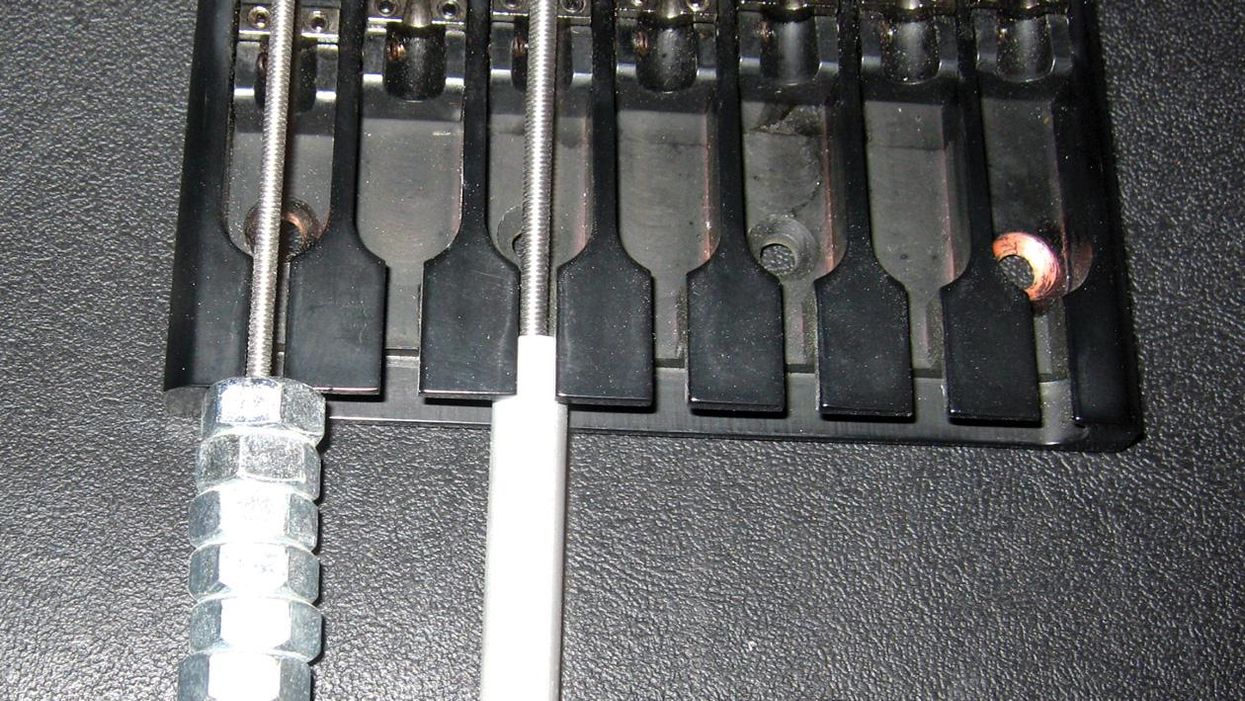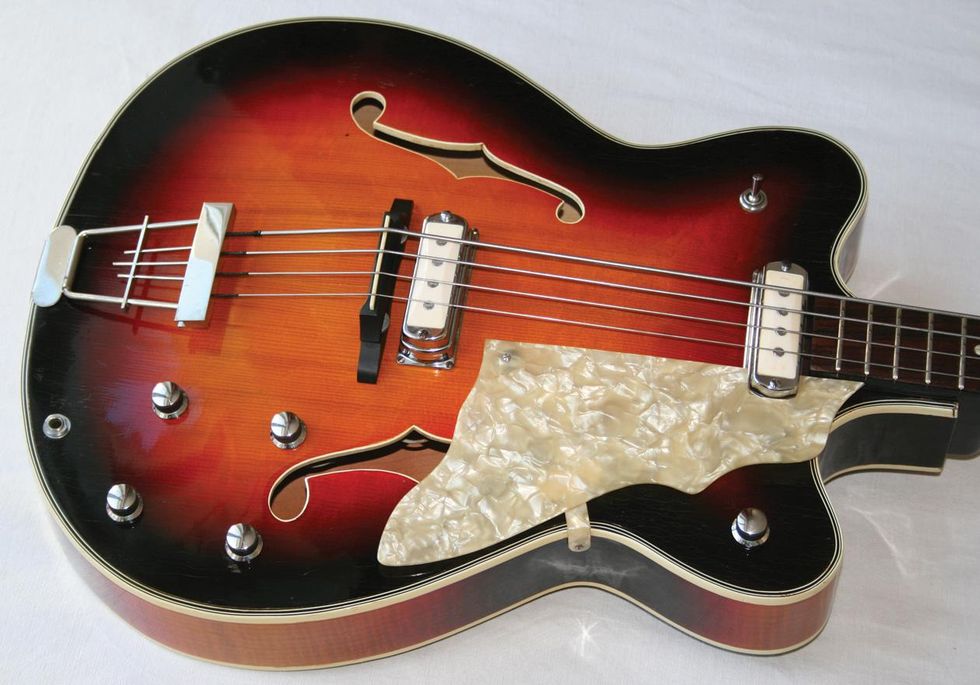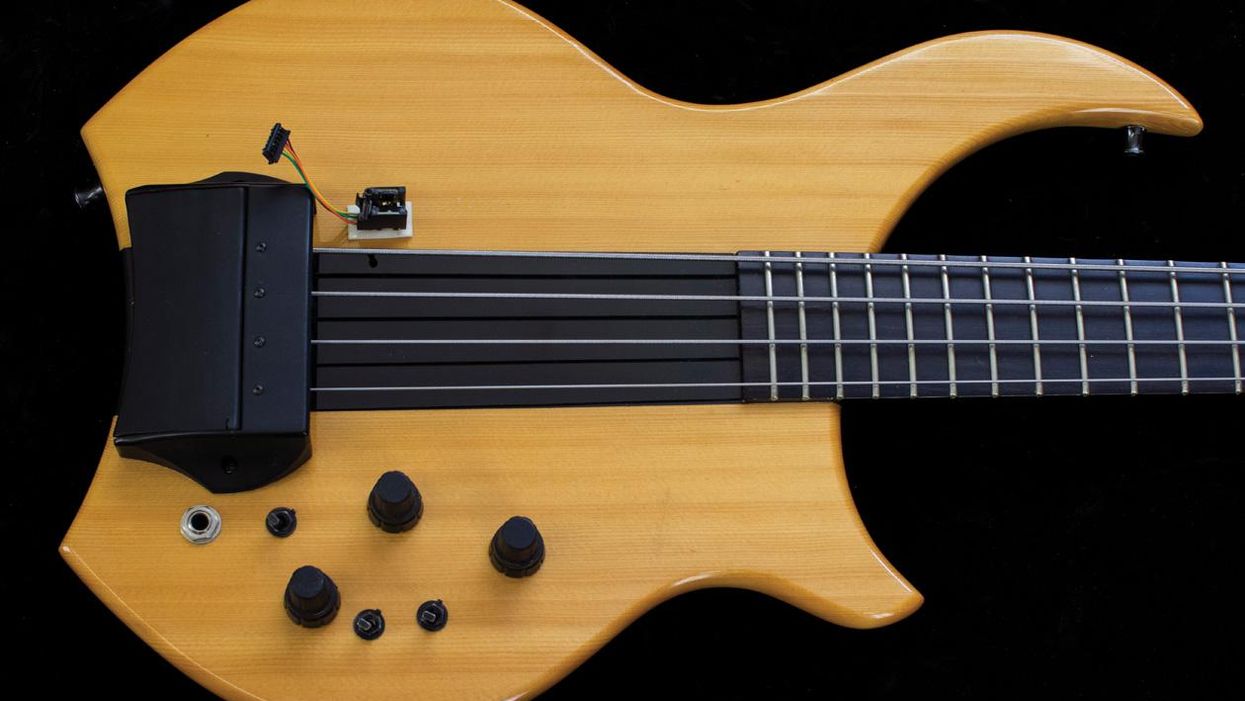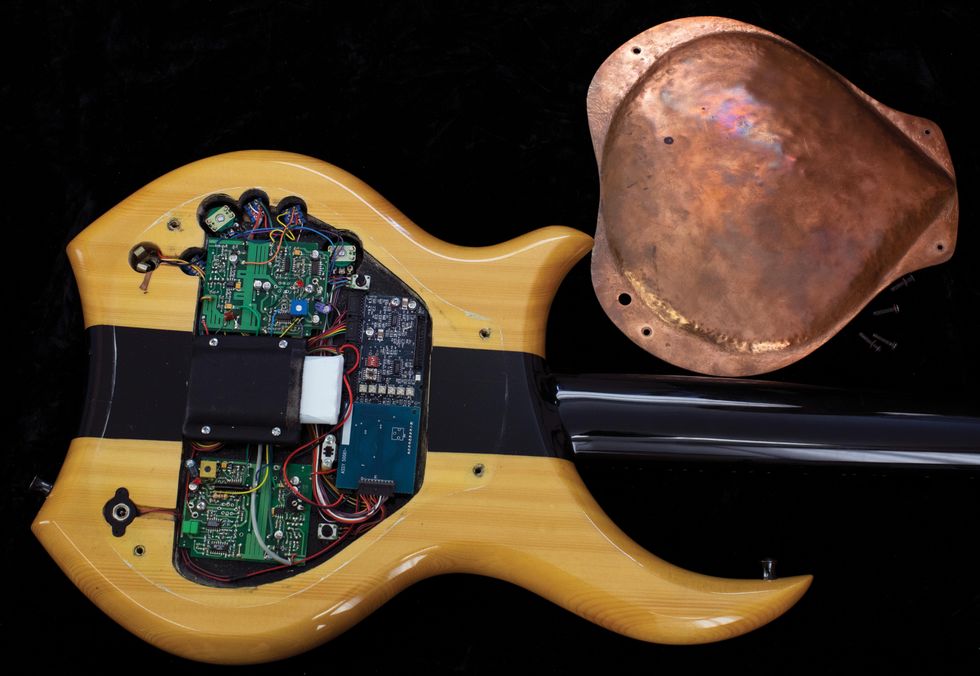As mentioned in last month's column, "Let There Be Light in Your Tone," there are more ways to optically sense a string's motion than to just analyze a shade's dance on a photoresistor.
Optical transmission mode pickups are relatively simple designs—at least in theory, although magnetic pickups are even simpler. For an optical pickup, you need a source of light and a sensor on the opposite side of the string to "watch" the change of the shade. That's it. This works for any string material in wide frequency ranges and can easily deliver signals for separate strings.
- Due to the small sensing area, only small string movements can be detected. Also, the pickups need to be positioned extremely close to the bridge, and we all know about the tonal influence of a pickup's position on upper harmonics and tone in general.
- This small sensing area results in the need to recalibrate after every setup.
- There's no chance to give it a casual try on your favorite instrument, as the necessary mods are—to date—severe and mostly irreversible. And if there's no drop-in optical replacement for conventional pickups, or you test one on an unfamiliar instrument, who can guarantee that any sonic advantages might merely be the result of superior tonewood?
- It's easy to protect these pickups from ambient light using a simple enclosure, although playing palm-muted gets harder.
There's no chance to give it a casual try on your favorite instrument, as the necessary mods are severe and mostly irreversible.
Here's a different wrinkle: The alternative construction principle of these pickups is a reflective mode, where the light source is directed at the string and its reflection is sensed on the same side—actively using the string's reflection and not just its shade to generate sound.
While transmission mode pickups have been available since the late 1960s, reflective-mode pickups have become commercially available only recently. Light4Sound is the company that released the ōPik as the first available pickup using reflective mode, with the impressive design goal of using it as a replacement pickup for humbuckers on almost any of your favorite instruments. As always with new developments in our industry, the ōPik's primary focus is on guitarists, but the bass design already exists in the form of several working prototypes (see below).
As you can see, it's an open design with purple-red glowing infrared LEDs for each string. Just in case you're wondering how it handles ambient light, it helps to start remembering a few similarities between optical pickups and their magnetic counterparts. You can have the strongest magnets and the thickest strings, but as long as these don't move within that magnetic field, nothing happens at its output. In the same way, you can point all stage lights onto an optical pickup and, as long as there is no modulation or variation, there will be no signal (a photoresistor is not a solar cell).
Unfortunately, varying light is a main purpose behind a light show. So in the same way as magnetics need to fight radio frequencies, these optical pickups have to cancel out surrounding lights.
Our common means to fight radio frequencies is humbucker wiring, with the phased-out signals of two coils, and the same can be done with two out-of-phase optical sensors. Here, a second noise reduction is achieved through optical filters. These eliminate specific wavelengths from entering the sensors and also limit the directions light travels into the pickup.
The ōPik is an active pickup with a low impedance output that's high enough to be directly combined with passive pickups. Furthermore, it can connect to a mobile app that allows the player to set each string's volume and several high- or low-pass filters, or adjust roll-off frequencies. These settings can be saved as presets, but it's worth mentioning that this is merely digital tweaking of parameters. The signal chain stays purely analog at all stages. Until next time….
